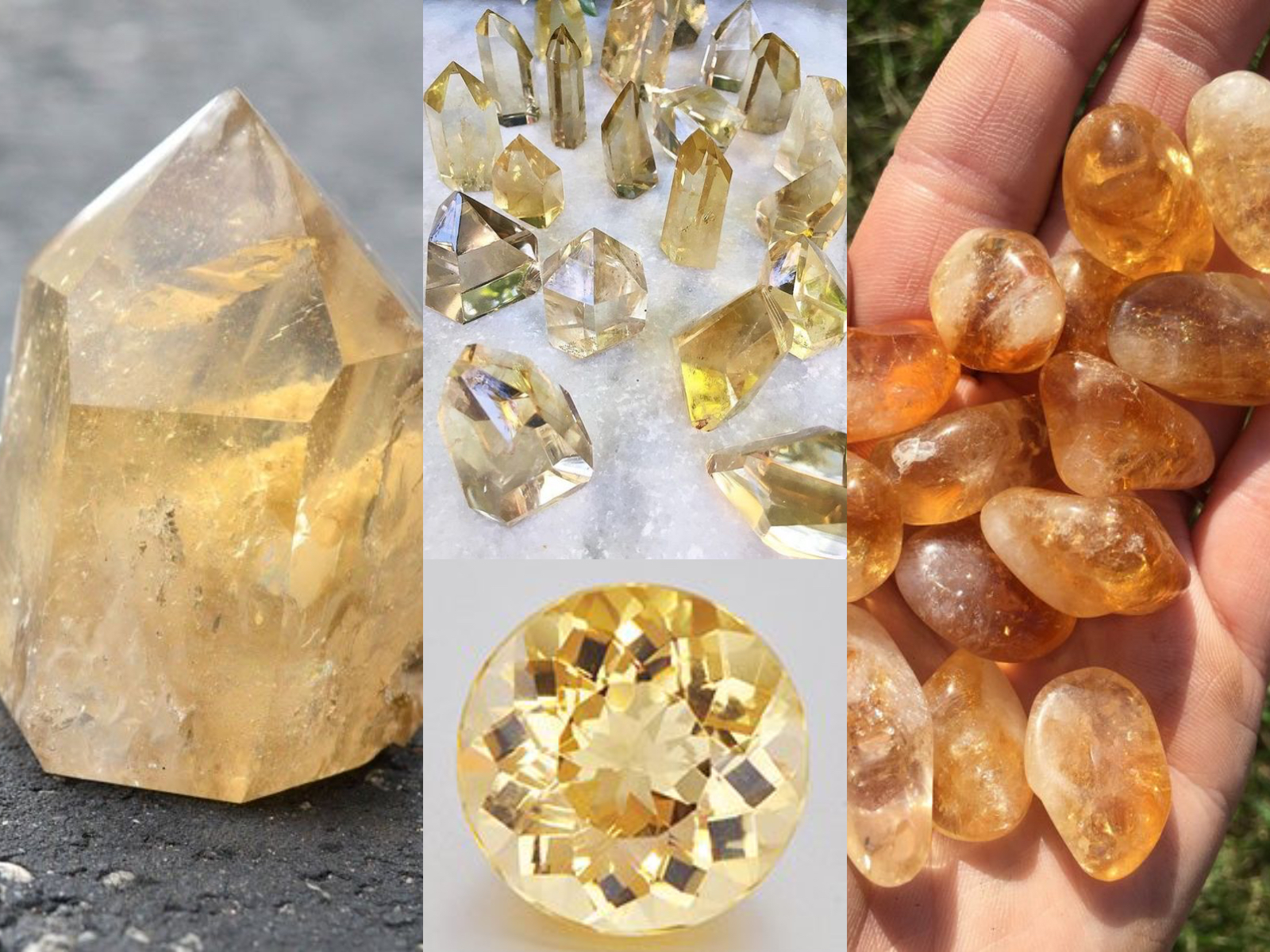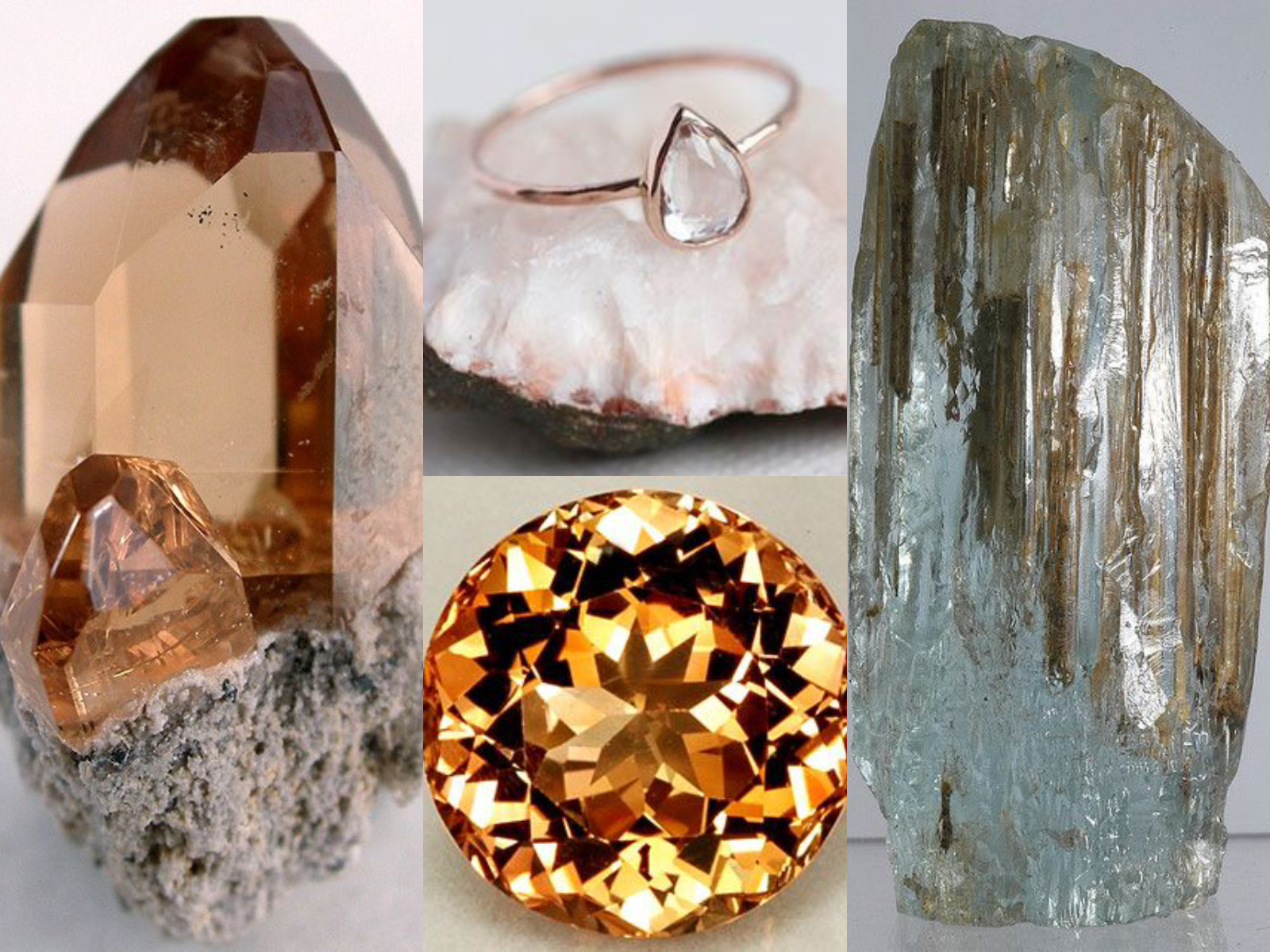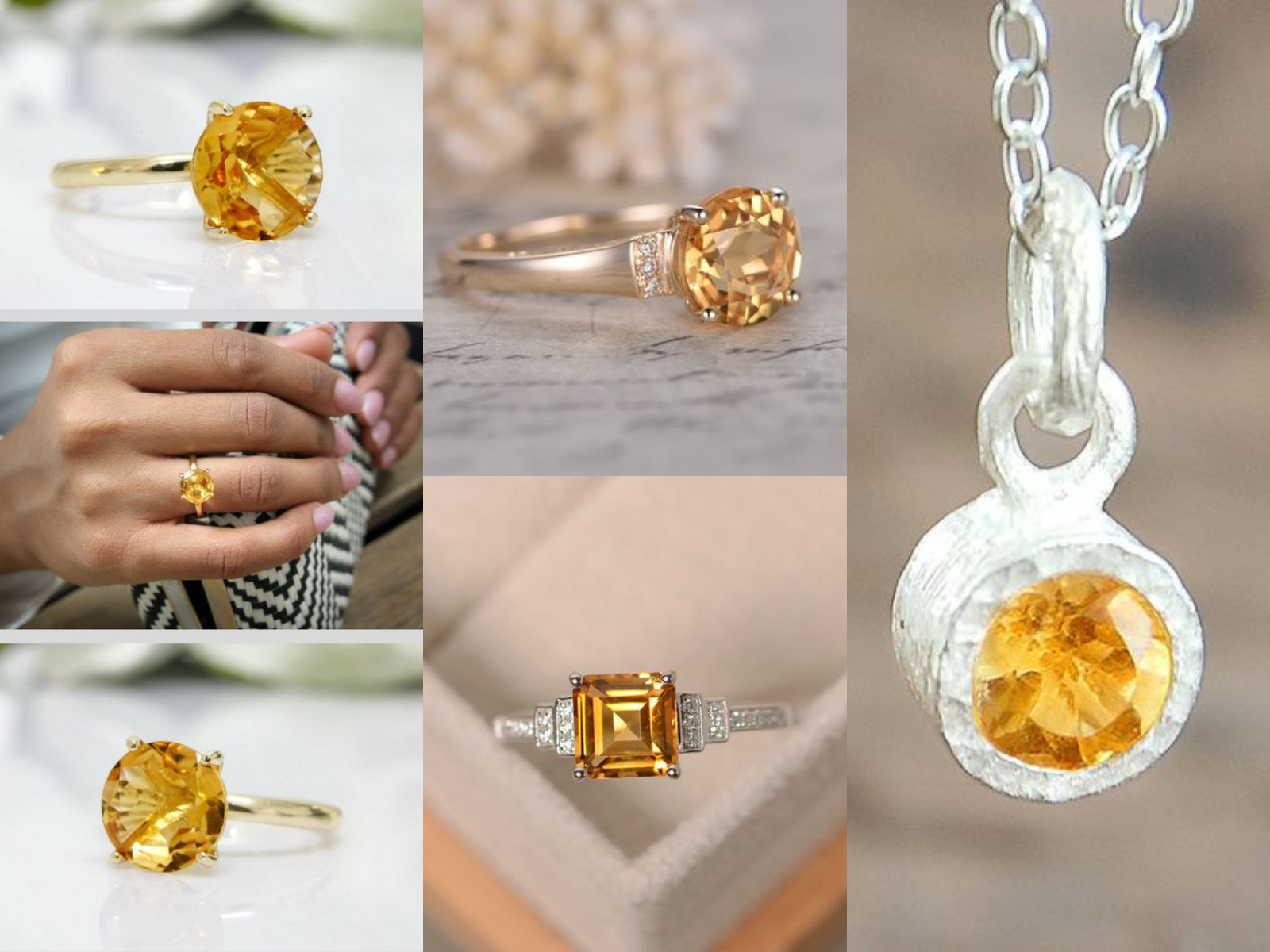The November Sisters: Citrine & Topaz
Reading Time:
1 min {{readingTime}} mins
The penultimate month of the year and an exciting one at that, those born in November will not only have various parties and cocktail events to choose from but they'll also have two beautiful birthstones to choose between: topaz and citrine.
With these two gorgeous gems giving you countless options of chic and classic styles to opulent and dramatic style, the challenge lies in picking which one to plump for!
With Citrine known for its charming warmth of yellow and orange hues and Topaz occurring in a wide spectrum of far beyond yellow, here's an overview of each birthstone to help guide you in your choice!

Topaz
Deriving from the name Topazios, the ancient Greek name for St. John's Island in the Red Sea, topaz has an incredibly wide range of including blue, green, yellow, orange, pink and purple. Pure topaz is which is often tinted with impurities to take on any of the rainbow; quite often this is a blueish hue.
The most prized of topaz is Imperial Topaz, featuring a vibrant orange with subtle pink undertones. Originally found in Russia as red crystal, imperial topaz is now found throughout Brazil and is among the most expensive types of topaz within the market.

Measuring 8 on the Mohs scale, topaz is a relatively hard and durable stone. When cut correctly, topaz can be quite a durable stone when used in despite its perfect cleavage making it prone to chipping. As Topaz is not very tough, this November birthstone is best used in when it is set in a protective mounting like a bezel.
As a birthstone, Topaz is thought to provide balance to our emotions, calm tempers and cure nightmares. The Ancient Greeks believed that this November birthstone gave them strength when worn.
Topaz was thought to be a representation of the Sun God Ra in Ancient Egypt due to its warming fiery hue. This is why topaz can be identified throughout many ancient artifacts and talismans.
Citrine
November's second birthstone, citrine is a variety of quartz that from pale yellow to orange to orange-brown in . Its comes from traces of iron in the quartz crystal and is actually quite rare in nature; most citrine you see on the market is as a result of heat treating Amethyst.
Citrine takes its name from the citron fruit due to its vibrant lemon-inspired shades. Whilst Brazil is the largest supplier of this beautiful stone, other sources include Russia, France, Spain, Bolivia and the U.S with each country producing different hues.

With a hardness of 7 on the Mohs scale of hardness, citrine is relatively durable against everyday wear-and-tear and is often used in pieces of .
This gem also referred to as the "healing quartz", is commonly known for its ability to promote health and vitality by releasing negative emotions, spark imagination and manifest new beginnings.
The finest citrine stones are saturated, with little to no brown elements, ranging from yellow, orange-yellow to reddish orange.
Image and source credits: Pinterest, gemrockauctions, americangemsociety, gia.edu
Author:
Published:








